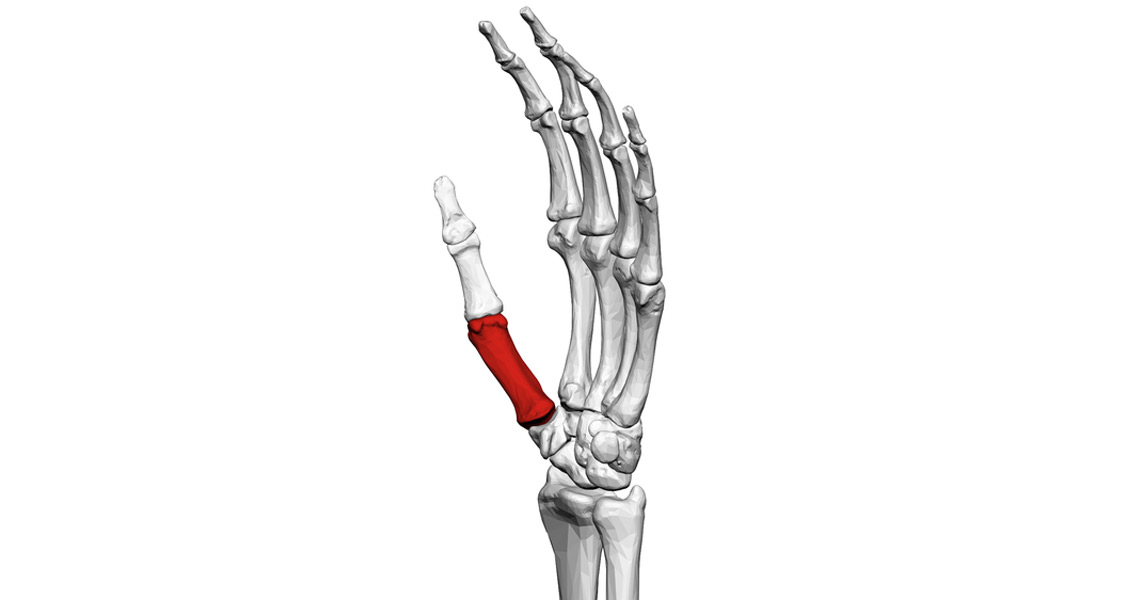<![CDATA[The ability to grasp and utilise tools is something that separated early humans from the rest of Earth's organisms. Although brain capacity played a large part in early human beings' ability to use tools to their advantage, hand shape and bone structure had a very important role as well. New evidence suggests that our early ancestors may have evolved human-like hands much earlier than previously thought. In fact, it is possible that a dexterous hand structure capable of grasping and using tools evolved up to 500,000 years before tools were supposedly invented. In this new study, scientists from the University of Kent analysed the structure of human metacarpal bones - the bones that allow us to precisely grip and maneuver instruments and utensils. The study specifically looked at the precision and power of human grip. The scientists focused on a protrusion on the third metacarpal bone that allows it to attach to the wrist, producing a stronger grip. This bone protrusion is called the styloid process. University of Kent palaeoanthropologist and the study's co-author, Tracy Kivell, stated; "The styloid process is one of the key features of a suite of morphological characteristics of the human hand that is linked to forceful use of the thumb during tool use." In order to understand the study's findings, one must first understand the current theory of human evolution. It is believed that modern humans evolved from organisms deriving from the genus Homo (i.e. Homo sapiens, the name for modern man). By studying the bone structures of a number of hominins – the group of species that split from the chimpanzee lineage and includes modern humans and their relatives – the team were able to see how dexterity had developed in human hands. The study focused specifically on fossils of Australopithecus africanus, as well as hominin bones from the Pleistocene Period. The results could challenge the traditional ideas about human evolution. The study suggests that Australopithecus africanus were capable of having a more powerful grip than previously suspected, even though their hands lacked the styloid process. The team found that the fine mesh network of bones (trabeculae) within the metacarpals of A. africanus was comparable to that of modern humans. The density of trabeculae reveals a great deal about what a species’ hands are predominantly used for. In chimps and gorillas the mesh is denser than in humans, as chimps and gorillas use their hands to support their bodies. Less dense trabeculae however, allow greater dexterity – crucial for the creation and manipulation of tools. Kivell told Livescience: “We are suggesting that even without the full suite of humanlike morphology, early hominins were capable of forceful precision and power grips.” Chimpanzees are capable of creating and using spear-like tools for hunting. It is possible that when hominins and chimpanzees diverged between four and seven million years ago, our ancestors were already capable of creating and using tools. The earliest known tools have been found in Ethiopia, and date from 2.6 million years ago. Kivell’s research indicates that A. africanus could have been capable of using tools, 500,000 years before they were first invented. Image courtesy of Wikimedia commons user: was a bee ]]>
Early Hominin Hands Could Have Gripped Tools
